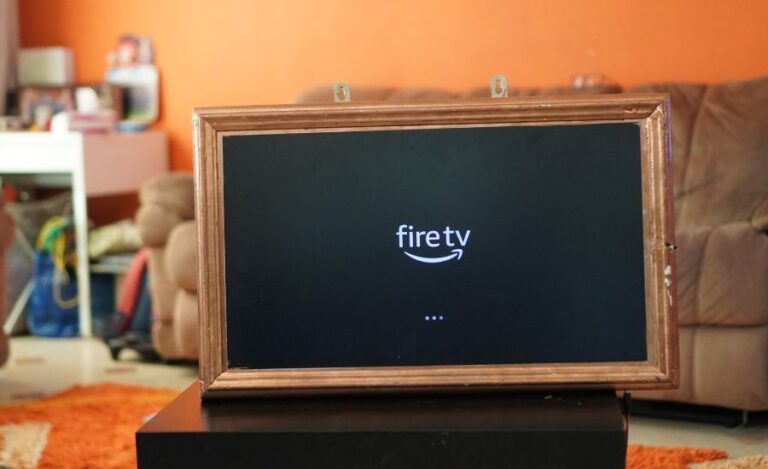How To Tell If A Subwoofer Is Blown?
When it comes to audio setups, subwoofers play a crucial role in delivering those deep, thumping bass notes. It is what make the music and movies come alive. However, like any other electronic device, subwoofers can suffer from breakdowns too! Be it wear and tear or accidental damage, it ultimately leads to performance issues.
Now, if you’re confused whether your sub has blown up, you’ve come to the right place! Today, let us explore the obvious signs of a blown subwoofer. This will help you to diagnose the problem and take the necessary steps to restore your subwoofer’s full potential. So, keep scrolling…
Also Read: Best 21-Inch Subwoofers That Money Can Buy You
5 Signs That Your Subwoofer is Blown
If you see this signs, it’s time to call in the professionals for a fix-
1. Distorted Sound
One of the most common signs of a blown subwoofer is a distorted sound. When a subwoofer is damaged, you may notice unpleasant buzzing, rattling, or crackling noises coming from the speaker. These distortions often occur during low-frequency passages or heavy bass moments. If the sound coming from your subwoofer seems muddy or lacks clarity, it’s a strong indicator that something is wrong.
2. Lack of Bass
Another clear indication that your subwoofer might be blown is a noticeable lack or reduction in bass output. A fully functional subwoofer should provide deep, impactful bass that you can feel as much as you hear. If your subwoofer suddenly sounds weak or fails to deliver that punchy low-end, it’s worth investigating whether it’s blown or not.
Also Read: How To Make A Soundbar Sound Awesome?
3. Overheating
Overheating is a potential issue for any electronic device, and subwoofers are no different. If your sub feels excessively hot to the touch during normal operation, it could be a sign of internal damage.
Heat buildup is often a result of electrical components working harder than usual due to a fault, causing excessive power consumption and heat dissipation. Ignoring an overheating subwoofer can lead to further damage or even a complete failure, so it’s crucial to address this issue right away.
4. No Power
When a subwoofer is blown, it may completely lose power and fail to turn on. If you’ve checked all the connections, check if the power outlet is functioning rightly. If the subwoofer still remains unresponsive, it’s likely that some internal damage is causing the issue. In such cases, I advise you to seek professional assistance. The best would be if you could consider replacing the subwoofer entirely.
5. Visual Inspection
A quick look might provide some clues about the condition of your subwoofer. However, this is not always ideal! Try to seek for any visible signs of physical damage, such as dented cones, tears in the speaker surround, or loose wires.
These issues can compromise your subwoofer’s performance and lead to blown components. Yet, it’s important to note that not all damage is visible to the naked eye. So, visual inspection alone may not provide you an ideal solution.
What to do when your subwoofer is blown?
If you suspect that your subwoofer is blown, I would advise you to consult a professional audio technician. They have the knowledge and experience to diagnose the issue accurately. I’m sure you’ll be provided with appropriate solutions, whether it’s a minor repair or recommending a replacement. Investing in quality subwoofers and taking proper care can also extend their lifespan and minimize the risk of blown components.
With a little attention and care, you can enjoy that heart-thumping bass once again. Remember to regularly inspect your subwoofer. Further, be mindful for any changes in sound quality or performance. Remember addressing any issues quickly can prevent further damage and save you from pricey repairs or replacements.
Also Read: What Is SPL Subwoofer? Is It Worth It?
In addition to seeking professional help, there are a few maintenance tips you can follow to keep your subwoofer in optimal condition. First, ensure that your subwoofer is properly ventilated. Make sure it has enough space around it to dissipate heat effectively. Avoid placing it in enclosed spaces or stacking other equipment on top of it.
Also, make sure to follow the manufacturer’s guidelines regarding power ratings and settings. Overdriving your subwoofer with excessive volume or using an underpowered amplifier can strain the components and increase the risk of damage. Moderation is key when it comes to achieving the best performance while safeguarding your sub.
Lastly, handle your subwoofer with care during transportation and installation. Rough handling can lead to physical damage, which can impact the subwoofer’s performance and potentially cause it to blow.
By combining regular maintenance, responsible usage, and prompt action when issues arise, you can extend the life of your subwoofer and enjoy high-quality bass audio for years to come.
Also Read: How To Use A SoundBar As A Central Channel Speaker?
End Note
Being able to identify the signs of a blown subwoofer is crucial for any audio enthusiast. By recognizing the symptoms such as distorted sound, lack of bass, overheating, loss of power, and conducting a visual inspection, you can determine if your subwoofer requires repair or replacement.
Remember, subwoofers are complex electronic devices! And attempting repairs without the necessary expertise can potentially worsen the problem. So, always seek for a pro help when it comes to subwoofers.




